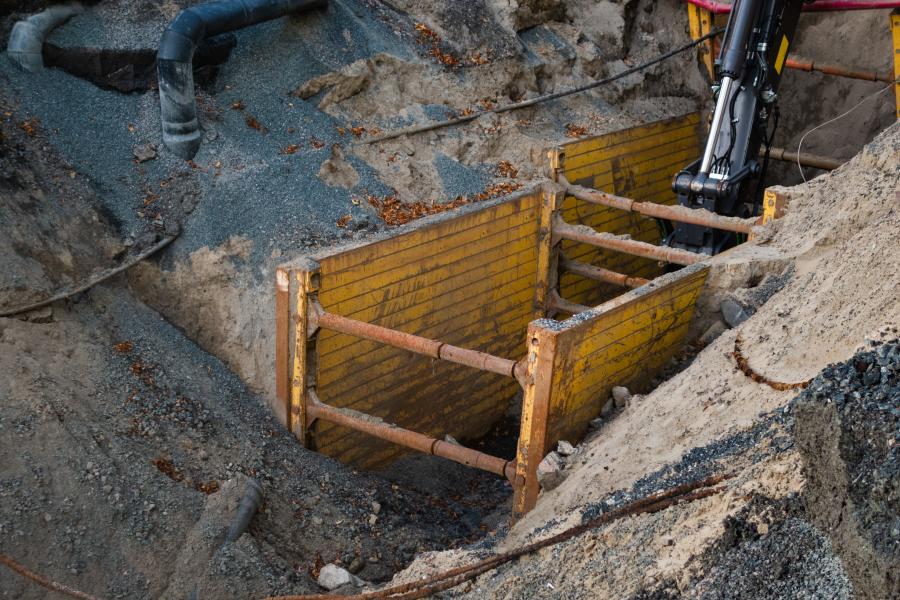The digging of trenches is an essential element of many construction and engineering sites. The trenches are used to lay pipes, telephone lines, as well as any other tubular structure that requires installation deep in the earth, such as oil drilling rigs. Trenching can be difficult due to the amount of moisture present. It’s not simple to wash all dirt off objects, but it’s extremely dangerous to expose skin to danger.
Trench boxes are essential for any kind of construction or repair work which requires access to the ground. Trench boxes are also employed to safeguard against collapse depending on the soil’s quality and the thickness of the material. They are made from aluminum/steel framing, which is employed to temporarily hold it in place while excavation occurs within them. Finally, grout is fixed between two layers if necessary to prevent cracks from forming at site level.

Pre Installation
It is vital to be aware of any risk that might be present prior to excavation. This includes knowing the equipment that is required and how many people are able to access it. This also permits you to think about different ways to complete the task without placing your life in danger. A thorough risk assessment should also take place during pre-excavation surveys so that all possible dangers are easily discovered prior to the project; this will minimize the risk of unexpected problems later on.
Also think about the depth of the trench. A 5-foot strip of concrete will support you. If your trench is larger than this, then shoring or sloping is required. If, however, the deep trench of 20 feet does not have straight sides, every building above ground needs to account for the increased risk of foundation movement.
The trench should be accessed via a ladder, steps, or a ramp. It is essential to have secure access within 25 feet of the workers whenever an emergency arises and it could be necessary to test for low oxygen levels or toxic gasses using specially designed containers known as “trench boxes.” These articulated devices are straightforward, however they add risk when stacking on top of each other because you cannot know how high up your piling will penetrate their vulnerable underbelly.
Care of the trench
1. You should inspect the trench box or support on a regular basis for any signs of damage, and any movement.
2. Anyone working on the premises should wear their protective gear and wear steel-toed footwear.
3. It is vital to keep heavy equipment and tools at least three feet from any edge of a trench.
Extracting
It is more difficult to construct a trench then to remove it, because the earth surrounding it moves. Chain slings can be used to remove it and three different methods can aid you, the most effective one being with an overhead crane.
1. Straight Pull: This is the most simple of extraction methods. Simply attach the sling to two points and then lift it out, no fussing around with excessive force or unnecessary movement.
2. Half Pull: A half pull is used to connect the trench box to one side and lift the box as much as it is possible. You can clean dirt and debris from the trench box without causing any harm.
3. Single Pull: Attach a single chain sling to the lifting/extraction point to move the trench box. Then, raise each panel individually using a single pull. You can remove it with the pull you have mastered.
For more information, click shoring trench box